The unique carp farming system in Austria, the salak (rattan) agroforestry system in Bali, Indonesia, and the cocoa agroforestry system of Sao Tome and Principe, have become three new additions to the Globally Important Agricultural Heritage Systems (GIAHS).
The systems were officially recognized at a meeting of the GIAHS Scientific Advisory Group on September 19, including the first systems from Indonesia, São Tomé and Príncipe and the second system from Austria.
With the latest addition to the Global Agricultural Heritage Systems list, the FAO GIAHS network now has 89 systems in 28 countries globally.
Austria's unique carp pond farming system
Carp pond farming in the Waldviertel region of Lower Austria is a unique aquaculture system with a 900-year history. Using low stocking densities and traditional practices, the biodiverse carp pond ecosystems are connected to the surrounding forests.
This sustainable practice supports biodiversity, water conservation and cultural heritage preservation through the farming of high quality carp and innovative fish products. The system supports the local economy not only through fish sales but also by promoting agri-tourism and creatively using carp skin to create accessories.
In addition to food production, ponds provide ecosystem services such as water retention, flood control and carbon sequestration, helping to regulate local microclimates. They also serve as important habitats for many species of birds, insects and aquatic organisms, contributing to the biodiversity of the area.
Maintaining this diverse ecosystem also helps preserve the genetic diversity of carp and other species, which is important for adapting to future environmental changes.
Salak agroforestry system in Karangasem, Bali, Indonesia
The agroforestry system in Karangasem, Bali – the driest part of the island – combines the cultivation of salak – rattan fruit with a variety of other crops. The system was developed by the indigenous people of Bali using the traditional subak water management system.
The system enhances biodiversity, conserves water, sequesters carbon and supports food security, while preserving cultural heritage and sustaining local livelihoods.
Every part of the salak tree is utilized to enhance sustainability and resource efficiency. At the same time, this system combines salak with a variety of other crops such as mango, banana and medicinal plants, creating a rich, biodiverse agricultural landscape.
Rooted in traditional Balinese philosophies such as “Tri Hita Karana” and “Tri Mandala”, this system reflects the harmonious relationship between humans, nature and spirituality and has been recognized by UNESCO as a Cultural Landscape Heritage.
Cocoa agroforestry systems in Sao Tome and Principe
Sao Tome and Principe’s cocoa agroforestry system is renowned for its high-quality Amelonado cacao. The system combines traditional farming with a variety of crops to enhance food security, strengthen family livelihoods, preserve cultural heritage and maintain biodiversity. Despite a history of slavery, inequality and conflict, the system illustrates the resilience of its people in their commitment to sustainable practices and development.
Cacao is the main export earner, but integrating different crops such as bananas, breadfruit and taro provides additional food and income sources, enhancing resilience to market fluctuations and environmental stress.
Sao Tome and Principe's rainforests are a global conservation priority, with the second highest level of bird and animal conservation among Africa's 75 forests. The country is a leader in organic farming, with more than 25% of its farmland certified organic.
Local cooperatives focus on high-quality products, fair trade, and the participation of both women and men, promoting gender inclusion and improving farmers' livelihoods.
Source: https://www.mard.gov.vn/Pages/bo-sung-ba-dia-diem-moi-vao-he-thong-di-san-nong-nghiep-quan-trong-toan-cau-giahs-.aspx


![[Photo] Solemn funeral of former Vice Chairman of the Council of Ministers Tran Phuong](https://vphoto.vietnam.vn/thumb/1200x675/vietnam/resource/IMAGE/2025/10/24/1761295093441_tang-le-tran-phuong-1998-4576-jpg.webp)
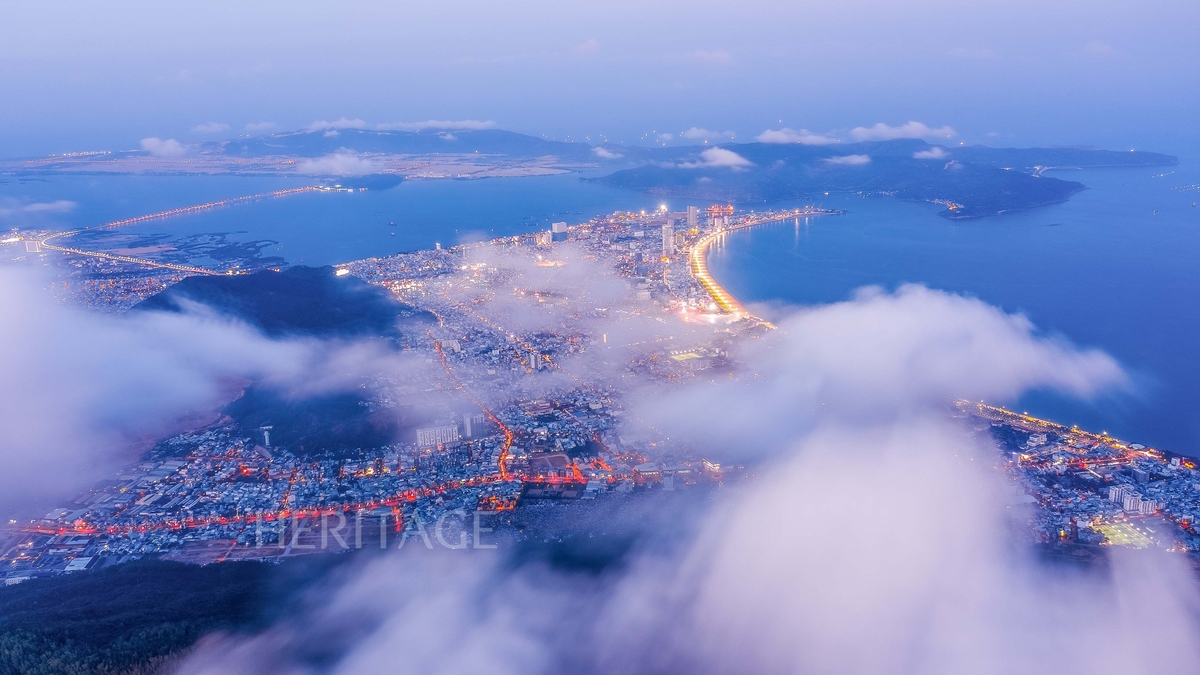

![[Photo] Prime Minister Pham Minh Chinh and South African President Matamela Cyril Ramaphosa attend the business forum](https://vphoto.vietnam.vn/thumb/1200x675/vietnam/resource/IMAGE/2025/10/24/1761302295638_dsc-0409-jpg.webp)
![[Photo] Prime Minister Pham Minh Chinh chairs conference on breakthrough solutions for social housing development](https://vphoto.vietnam.vn/thumb/1200x675/vietnam/resource/IMAGE/2025/10/24/1761294193033_dsc-0146-7834-jpg.webp)
![[Photo] President Luong Cuong chaired the welcoming ceremony and held talks with United Nations Secretary-General Antonio Guterres](https://vphoto.vietnam.vn/thumb/1200x675/vietnam/resource/IMAGE/2025/10/24/1761304699186_ndo_br_1-jpg.webp)
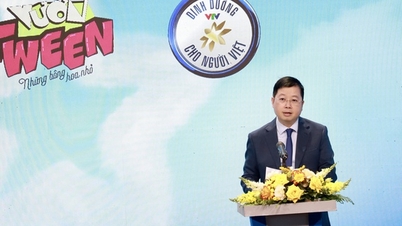

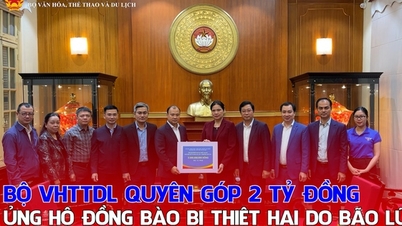
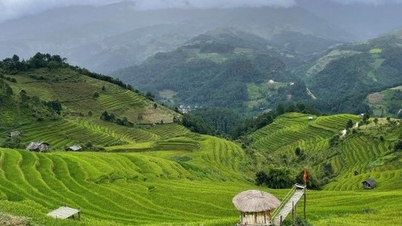

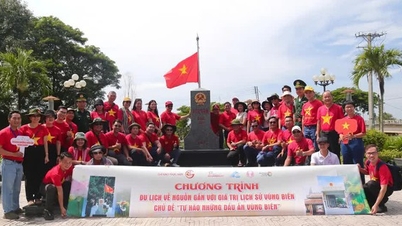
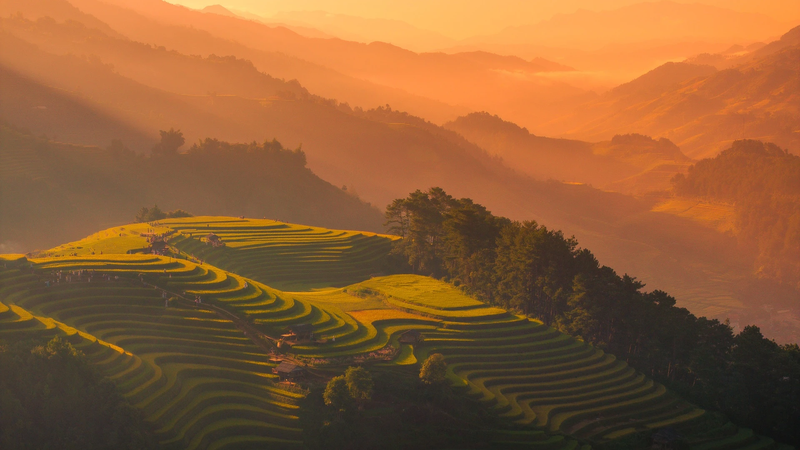




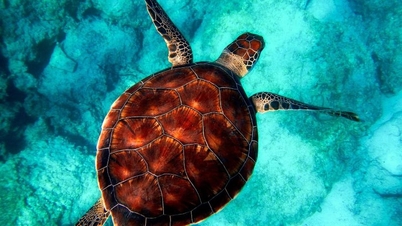
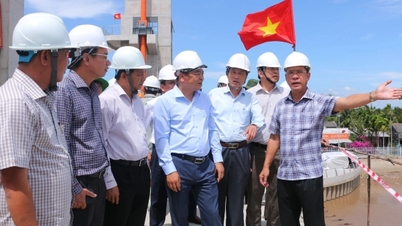
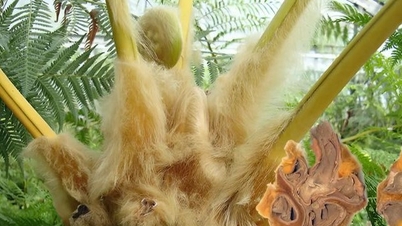
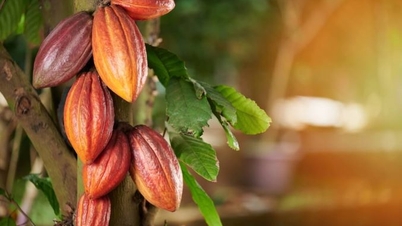
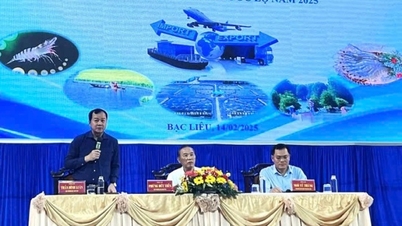
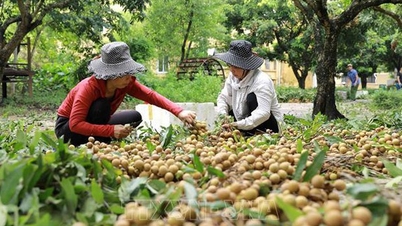
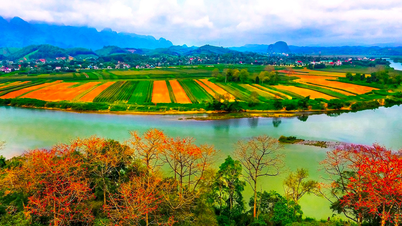

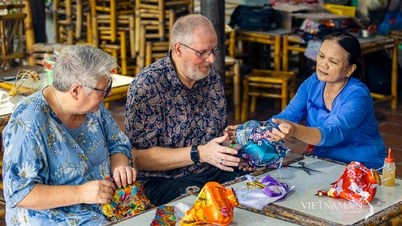

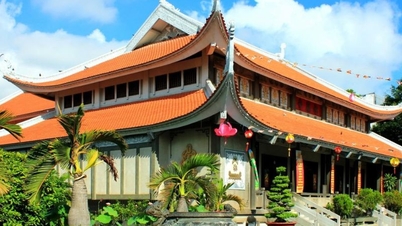

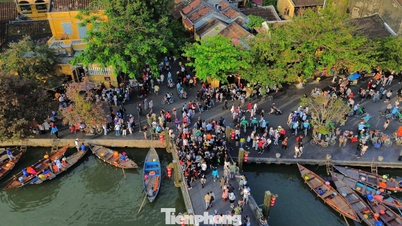

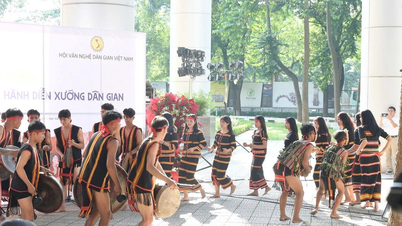

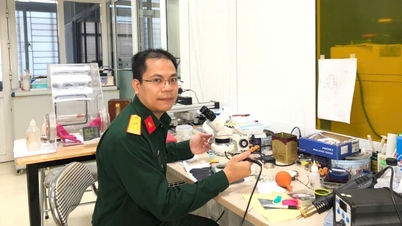
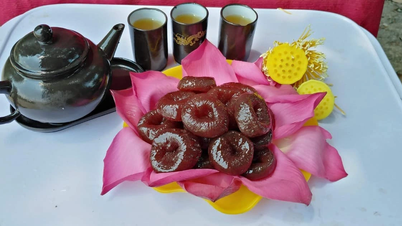



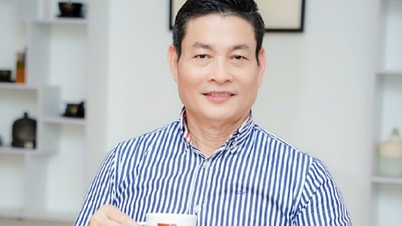






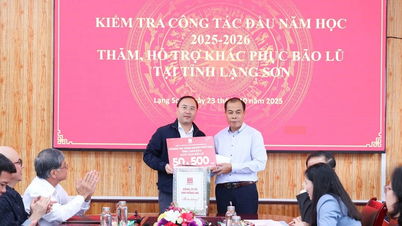
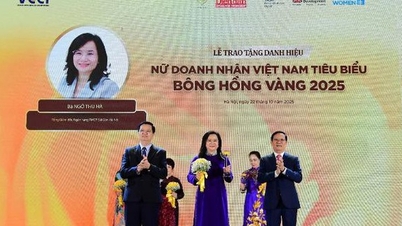



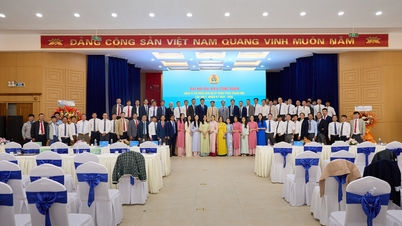
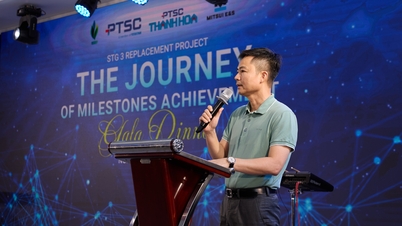










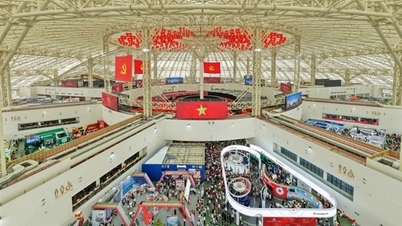

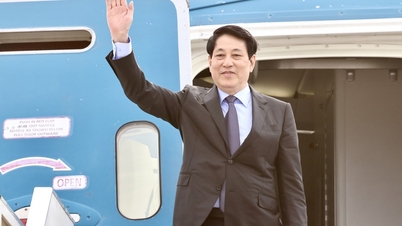




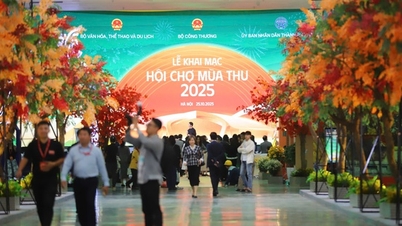
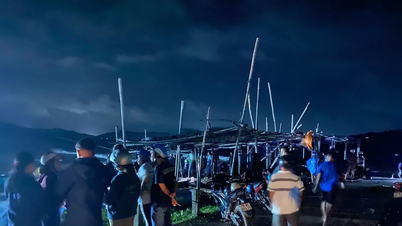

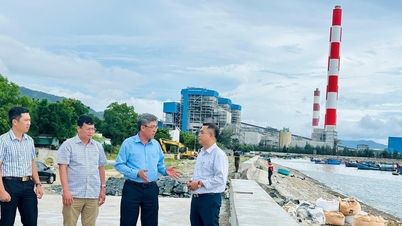

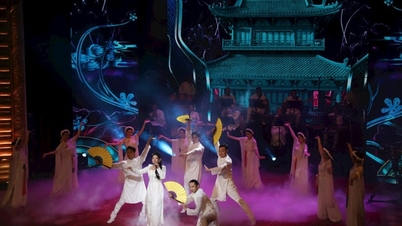

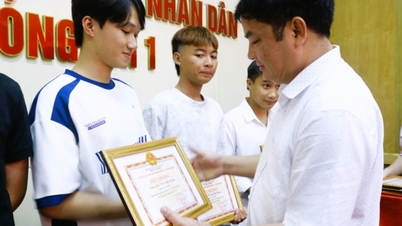

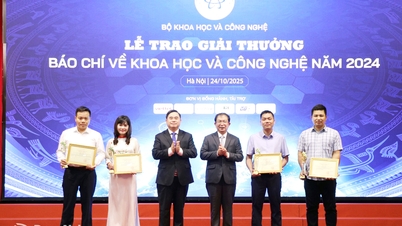

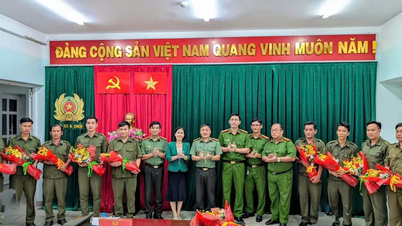














Comment (0)